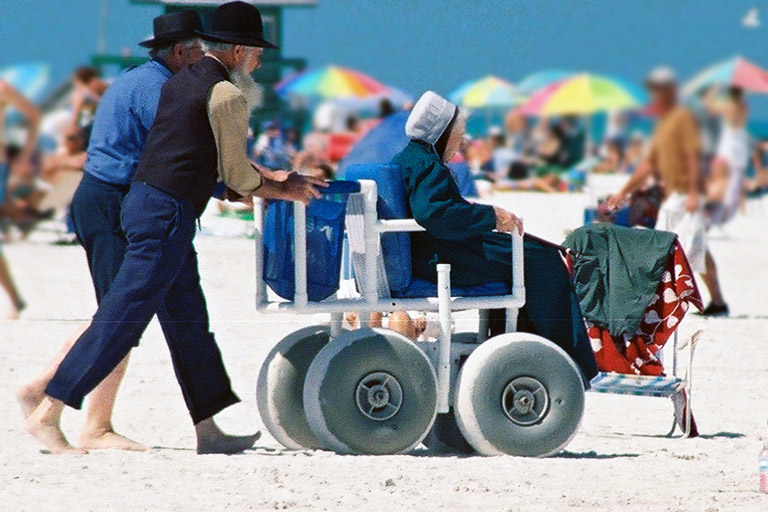Physical Health Conditions of the Amish and Intervening Social Mechanisms: An Exhaustive Narrative Review.

Ethnicity & Health
Anderson, Cory, and Lindsey Potts. 2022.
27(8):1952-78.
Research Points
- Comprehensive review of 126 studies on Amish physical health conditions and social mechanisms impacting health
- Synthesized research on 14 topics: BMI/activity, diet, cancer, cardiovascular, communicable diseases, immunity, sleep, genetic disorders, tobacco/alcohol use, periodontal conditions, injuries, burns, fertility, STDs
- BMI/Activity:
● Amish have lower obesity rates, more physical activity but body image still predicted by BMI
● Physical activity linked to occupations and transportation - Diet:
● Amish diet high in homegrown foods but also fat; supplement use is common
● Emphasize nutrition but diet does not always match; changes over time need study - Cancer:
● Generally lower cancer rates, but higher for some types like breast cancer
● Lifestyle factors like low smoking rates may contribute to lower cancer risk - Cardiovascular:
● Mixed evidence on CVD rates compared to non-Amish
● Possible genetic factors but lifestyle like activity also relevant - Communicable Diseases:
● Vaccination rates lower than non-Amish but uptake varies
● Disease outbreaks disproportionality affect Amish when immunization is low - Immunity:
● Farm life may bolster immunity through animal exposure
● Specific effects seen for asthma risk and gut microbiome - Sleep:
● Wake early, sleep durations shorter than non-Amish, affected by season, age, and heritability - Genetic Disorders:
● Many rare disorders due to founder effect and endogamy
● Well-studied with searchable databases created - Tobacco/Alcohol Use:
● Low tobacco use overall but higher among some affiliations
● Very low alcohol use; higher among adolescents - Periodontal Disease:
● Unexpectedly low rates given poor dental care
● Possibly diet offers some protection - Injuries:
● Most common injuries reflect lifestyle: animals, falls, buggies
● Age and gender patterns exist in injury data - Burns:
● Child scalds common
● Burdock leaf therapy used, with mixed evidence of effectiveness - Fertility:
● Very high birth rates, shorter birth spacing than non-Amish
● Some better outcomes like lower preterm births - STDs:
● Expected to be low due to marital fidelity norms but minimal research exists
- Identifies gaps in knowledge on social mechanisms of health outcomes, overlooked variables (e.g. education, class, discrimination), methodological limitations of cross-sectional self-reported data, and best policies
- Improves Amish serving healthcare provider awareness of population salient genetic disorders, lifestyle practices potentially impacting health, and particular health needs such as injuries, cancer, and infectious disease
© 2024 Cory Anderson • All Rights Reserved
